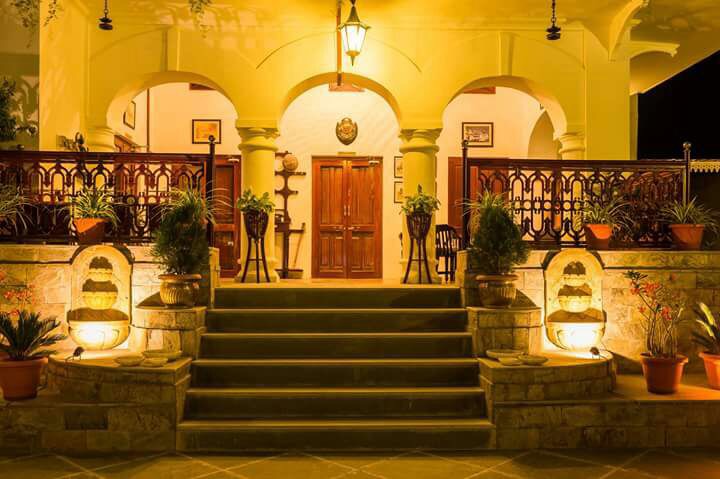
Culinary Tourism or Gastronomical Tourism is one of the fastest growing forms of tourism. A growing number of tourists are becoming interested in food as part of the cultural experience of a destination. While food has always been an important part of tourism, with travellers heading for places that offer the kind of food, drinks and restaurants they like, in recent years we have seen an increasing interest in food among the travellers giving rise to a new tourism segment, that of gastronomy tourism where travellers specially visit places to eat regional food, participate in food-related activities, learn more about the culinary heritage of a destination, and perhaps join a cooking course.
Heritage hotel owners talk to Anil Mulchandani about how the family recipes learned from their mothers have become the USP of their properties for many guests .
Abhay Mangaldas, House of Mangaldas Girdhardas (House of MG), Ahmedabad
My mother Anjali Mangaldas belonged to the family of Hutheesing Kesrisingh and her mother was Maharashtrian. My father Kamal Man galdas belongs to the Mangaldas family and my grandmother was from the Sarabhai family. My mother, therefore, was very proficient in cooking both Gujarati and Maharashtrian cuisine.
I decided to make a repository of the family legacy at The House of Mangaldas Girdhardas – our ancestral family home in Ahmedabad. This property is now adaptively reused as a hotel. The property showcases the heritage of the Mahajan families who were active patrons of art, culture and education, and great institution-builders who endowed the city with many institutes of education and research. Both the tangible and intangible heritage of the family is showcased at the property. By doing this we could offer visitors a glimpse of the varied socio-economic and cultural facets of a prominent and progressive Gujarati family from the 19th century to present times. This endeavour became the guiding light behind the manner in which the restoration and reuse of the property evolved to encompass the hospitality on offer, the food in the restaurants and the sensibility of the interior spaces.
Starting with the Gujarati restaurant Agashiye that serves family recipes in a thali, my mother’s influence carries through to the hospitality that the guests receive, the aesthetic of the decor, as well as the exhibition of her collections in the three galleries in the property – a gallery of her collection of textiles of Gujarat, another showcasing her personal collection of sarees and shawls, and a third showcasing her jewellery and items of worship. Together they offer hotel guests and visitors to the property an insight into the family’s rich history and its lifestyle through the ages.
Over the last decade, we have documented my mother’s recipes, five hundred and twenty five of them to be precise, in a volume of cookbooks called ‘Bhojan no Anand’. We have shot the recipe videos and uploaded them on a Youtube channel called ‘Agashiye Gujarati Recipes’ for broader viewership. Similarly we compiled visuals of her textiles and jewellery in three catalogues.
This initiative aims to make Gujarati recipes easily available to travellers and food connoisseurs, offer an opportunity for tourists to get a glimpse of life among Gujarat’s mercantile and Mahajan families, and give designers a close view of heirloom textiles, jewellery and craft that can inspire their future designs.
My future plan is to start a diner where chefs from around India and the world will be invited for short periods to try out new recipes and we will use these occasions to also showcase the culture of that region.
Suryavir Singh Idar, Dowlat Villas Palace, Himmatnagar
My father Maharaj Bhagirath Singhji is the grand nephew of H H Maharaja Himmat Singhji of Idar after whom Himmatnagar got its name. My family for the last four generations has married to ladies from different States of India and Nepal. We are descendents of the Jodhpur royal family who came and conquered the Idar part of Gujarat and have been here for about 3 centuries.
My great grandmother was from Karauli Princely State in Rajasthan, grandmother was from the royal family of Ghabhana in Uttar Pradesh, my mother from the Royal Rana family of Nepal and my wife hails from the Surguja royal family in Chattisgarh. The food served at our heritage hotel, Dowlat Villas Palace in Himmatnagar, is therefore representative of many regions and families. My mother Rani Saheb Rita Rajya Laxmi has introduced dishes from Nepal – potatoes achar, Bhogate ko raita using grape fruit, fresh golbeda ko achar (Tomatoes pickle), Nepalese type raisin pulao, mutton rus, kwati rus (Mixed beans curry), bhote ko masu ( dry mutton), tare ko alu and sikhadi which is like Shrikhand. The spices used are typically Nepalese. My mother has also learned the Rajasthani dishes and dishes from Uttar Pradesh from my grandmother. Our lunches generally are followed by Indian sweets(Kheers, Halwas, Phirnis etc) for dessert, whereas usually we have Western or fusion puddings for dinner – anjeer caramel custard, souffles, biscuit puddings, pies etc.
My wife Gitanjali Kumari has been slowly but surely learning the family recipes from my mother. She herself has brought into the family a few recipes from her family in Chhattisgarh which include dubki, red wine chicken, khathal ki subji with jackfruit, anarsa which is a rice pudding and pickled meats.
We have been running our property Dowlat Villas Palace as a heritage homestay since 2016 and our guests have been introduced to many of our house specialties. Going forward, we would like to host various food events/festivals at the property to promote our heritage cuisine along with our heritage property.
Indrayani Gaekwad, Madhav Bagh – A Royal Homestay, Vadodara
Food in old Maratha families is an integral part of our culture. Food defines who we are and every family has special dishes whose recipes are proudly guarded. Like family history certain preparation can be traced back to certain families so the recipes are passed down from mother to daughter and so on.
My mother belongs to the famous Mahagaonkar family, which has a rich tradition in culinary expertise. Even though she is a well-known doctor, she has balanced her busy practice with keeping alive food traditions that I have learned from a young age so that cooking now comes naturally to me. My mother-in-law is from the Ghatge family of Kagal. She grew up with European and Maratha cuisine as her mother was a true connoisseur of food from all parts of the world . The Kagal family has some age old recipes passed on from generations to generations from a kaala masala which traces its origins to Gwalior or their Saint Clouds Pudding.. The head of the kitchen at Kagal House, Ramu was a true master chef . The old-fashioned waffles served with dollops of golden syrup and butter by my mom-in-law were a must for every guest who visited Madhav Bagh.. On each family holiday, the family carried huge tiffin- boxes full of her famous tiger prawn pickle to give to relatives.
Some of the classic dishes of Madhav Bagh today include prawn pulao and sweets like andya chi vadi that I learned in Vadodara, baked fish, puddings, waffles, meringue and soufflés learned from my mother-in-law, mutton loncha and other dishes typical of Kolhapur, and some dishes from other Maratha states. These are much appreciated by guests of our homestay guests. In future we may start a boutique cafe which will serve some authentic Maratha food.and royal favourites, perhaps with a weekly menu. Cooking demonstrations may also be considered for the future.
Karan Vijay Singh, Bedla house, Udaipur
Mewar State with its capital at Udaipur was a premier 19-gun salute state of Rajasthan.
My grandfather Major General Rao Manohar singh of Bedla was the prime minister to the state of Mewar and because of this position our family was often called upon to organize banquets and meals for important guests of the Maharana, and host dignitaries and royal visitors. Therefore, my grandfather had a brigade of cooks and khansamas working for him. My mother learned many recipes from these expert cooks.
I have been cooking since a very young age and all that came from seeing my mother doing magical things with food. Enjoying what she makes inspired me to learn from her. Today, I train the chefs in our family recipes for my restaurant, Royal Repast which specialises in the authentic Mewari Cuisine. Some of the dishes of the royal and noble families of Mewar, and the signatures of Bedla House are on the menu. Our own specialties are Banjara Murg, Karan Shahi Dal, Peela Maas, Haandi ka Maas, Gobhi Laal Shorba, Sooran ka Keema, Murg Dahi Bootha, Khargosh ke Kebab, Dahi Samosey ki Subzi and desserts like Makkia ka Kann, Doodhiya Keech and even a non-vegetarian meat based sweet called Maas ki Barfi. While not all dishes are part of our menu we take special orders for curated menus for groups. We not only believe in preserving the recipes and traditional cooking styles but also in presenting each dish the way it has been done in historical times.
From my mother I learned that:
Every dish is very different from one another may it be vegetarian or a meat dish or a dessert. Each dish has its own ways of being cooked. And each recipe has certain tips and fine points. This detailing has been taught to me by my mother.
Over the last five years, Royal Repast has won acclaim and accolades from travel guidebooks, food critics, magazines and celebrity chefs from many countries, and featured on international television channels. This has been possible because of my persistence in being present in the kitchen and at the front of the house, ensuring minute detailing, and assuring authenticity. That is how I plan to carry the reputation of Bedla’s cuisine forward.
Sarkar Saheb Raghvendra Pratap Singh Jhalamand
Jhalamand Garh, Jodhpur
While Jhalamand lies in the countryside around Jodhpur in Marwar, my mother hails from Mewar which is a maize-producing area with corn featuring prominently in the Mewari regional cuisine. Her signature recipes using corn like Makki ka Soyta , Makki ki kheer , Dakhni Gatta , Anwle ka gatta,, among others, are what I learned from her . One very important tip she gave me was to never measure the spices – whatever you cook should be tasted from time to time during the process, and you should add spices as required to get the flavour not as per a rigid recipe.
Some of the The top dishes of our Rajgharana Menu from the House of Jhalamand are
Mattushahi Laal Maans, Siri Paya Baati, Bajre ka Soyta, Makki ka Soyta, Dakhni Gatta, Aachari Murg, Junglee Murgi ka Samosa, Chakki ki Sabji, Marwari Masala Pulao , Aanwale ka Gatta, Mini Malai Ghewar , Kaleji Ka Rayta and Makki Gulab ki Kheer.
Not only do I serve home recipes to guests at Jhalamandgarh but I also organize food festivals featuring cuisines of the royal families of Rajasthan specially my own signature dishes. Many of these festivals have been at leading branded hotels from international chains like Marriott, Hyatt, Taj and so forth. My wife Thakurani Devyani Singh is very much interested in taking the legacy forward and accompanies me for the festivals .
Begum Farhat Sultana, Garden Palace, Balasinor
I grew up in the palace of Palanpur, where my grand uncle, Nawab Saheb Sir Taley Muhammad Khan, was a progressive ruler. He was also fond of fine foods. The palace had cooks trained in the preparation of European food, khansamas handpicked for their skills in making Mughlai food, chappati makers who would expertly make small puffed-up rotis, and halwais who would make superb sweets rich in dry fruits and nuts. The kitchen would be some distance from the interiors of the palace, and the food would come beautifully presented in covered trays to the table. The food was served in silver thalis with small bowls (katoris). I remember the kebabs, katoris kormas, moong dal and pista-and-pista barfi. European dishes were often served in the palaces and the cakes were great. A lovely memory I cherish.
My mother and my brother were great cooks. I learnt much cooking from them. After marrying Muhammad Salabat Khan Babi, the erstwhile Nawab of Balasinor who got the title in the 1940s as a minor, in 1966, I saw the khansamas or bavarchis of Balasinor made a rich biryani, rich in spices, green chillies. For weddings they would have zarda, which is sweetened rice, and the biryani slow cooked on a wood fire. In the wedding video of one of my elder daughter’s weddings in the 1980s, we can hear the voices of Maharajas and Nawabs commenting on the excellent biryanis. We even have a halwa, made from wheat flour mixed with ghee and milk. An expert khansama can make this into really small granules. This is dried and lightly fried in sugar syrup and saffron. We can take a whole day to make this. The more usually made sweet is phirni, a dry-fruit rich rice flour sweet, which we serve in earthenware called sakora or chhapan. During special occasions, an elaborate meal is served in shared thaals with bowls for different dishes, while guests sit on the floor in the style of a Shahi Dastarkhwan. For drinks depending on the season, there could be harira, which is milk rich in almonds and pistachio, or sherbets made from rose, khus or hibiscus.
I cook many dishes and have a repertoire of family recipes, I take great pride in my homemade masala, curds and cream. For a special guest, I would like to prepare the recipes of my ancestors, on a table decorated with flowers and classical sitar music playing softly in the background. One of the most elaborate royal meals I have made was for Habib Rehman when he was CEO of ITC Group.
My son, Nawab Salauddin Khan Babi and daughter-in—law Begum Zeba are taking forward the legacy of cuisine that I have preserved. At the Garden Palace in Balasinor we have many prestigious guests including the travellers on the Maharaja Express, one of the most luxurious train cruises in the world, and they enjoy our food and personalized hospitality, as well as the tours organized by my daughter Princess Aaliya. I plan to write a cookbook of some of my signature recipes.
Photography Credits: Dinesh Shukla
Data Compilation: Ankita J Sharma, FEA Media Coordinator


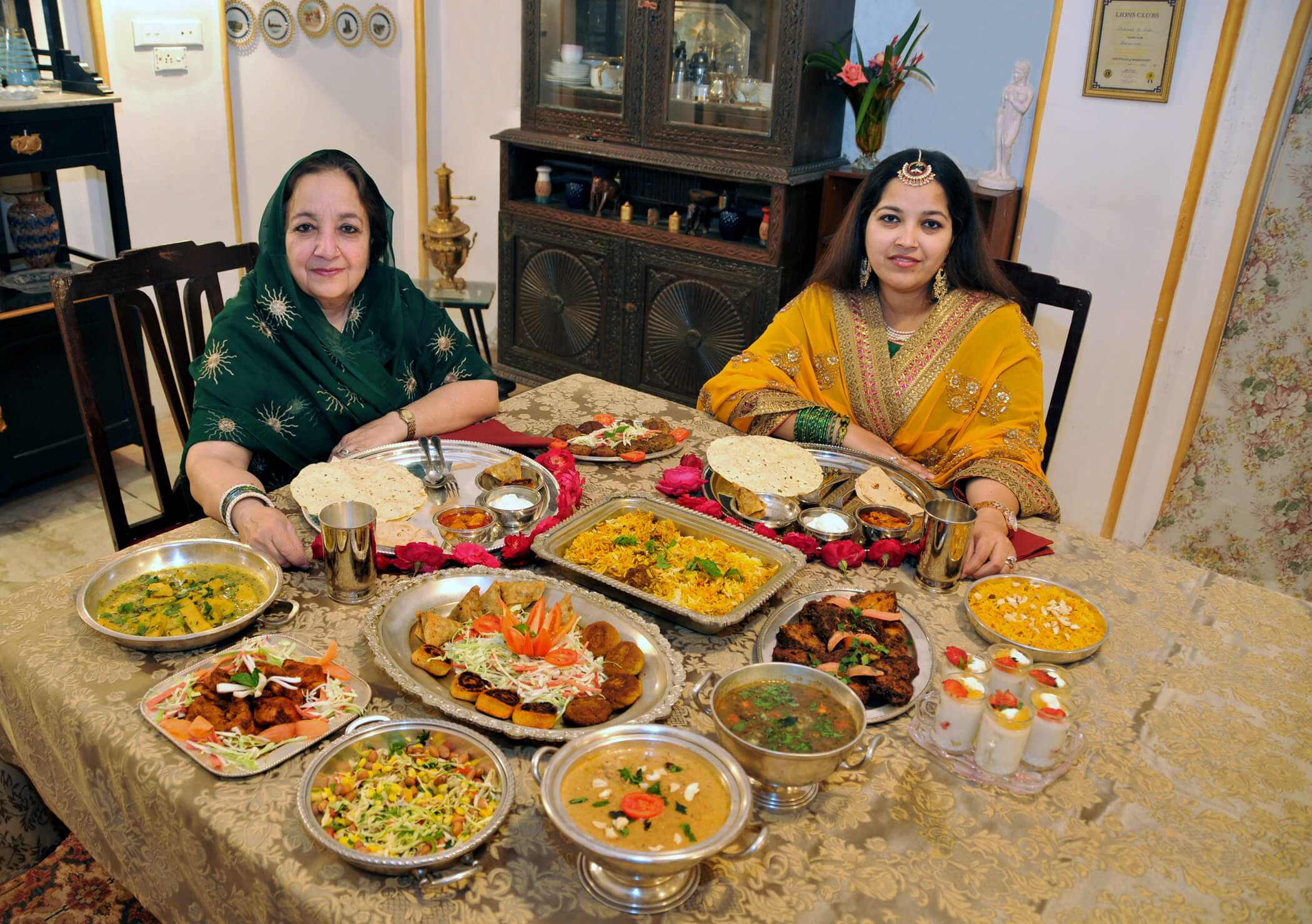
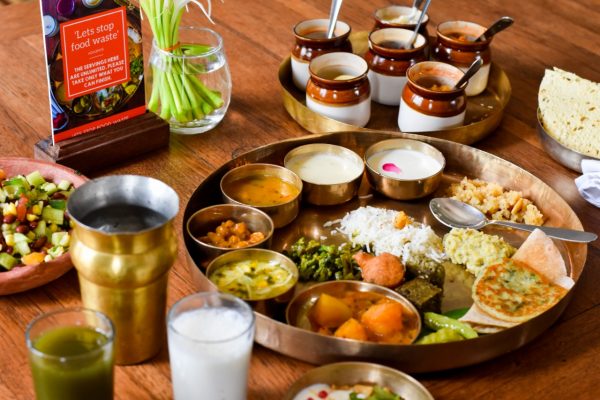


























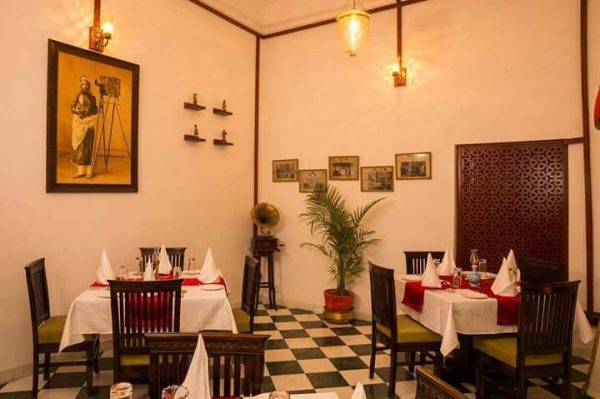
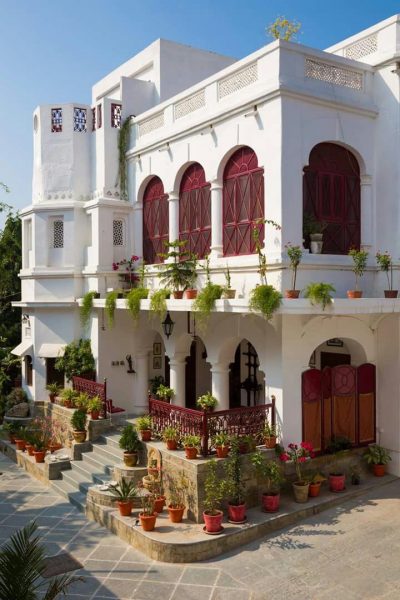
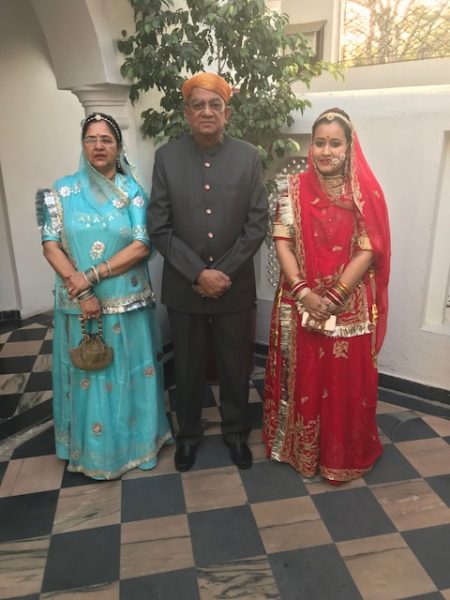








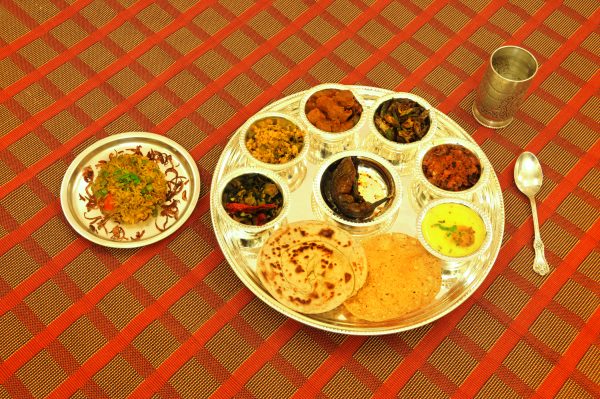
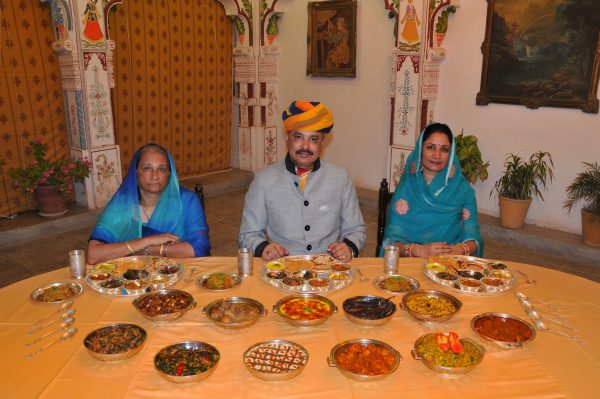
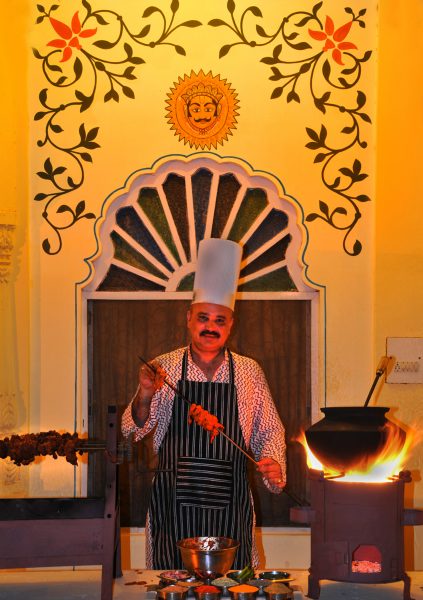
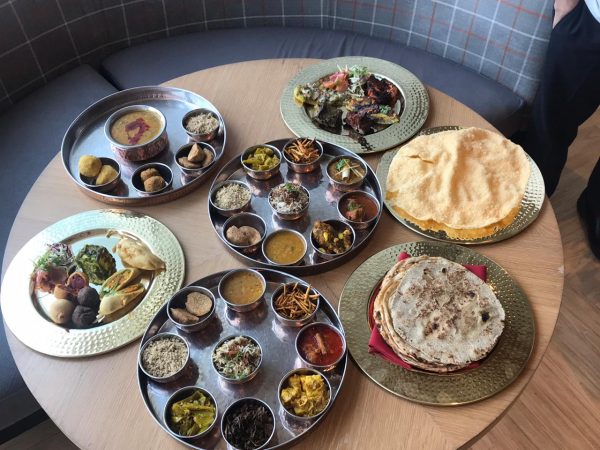




















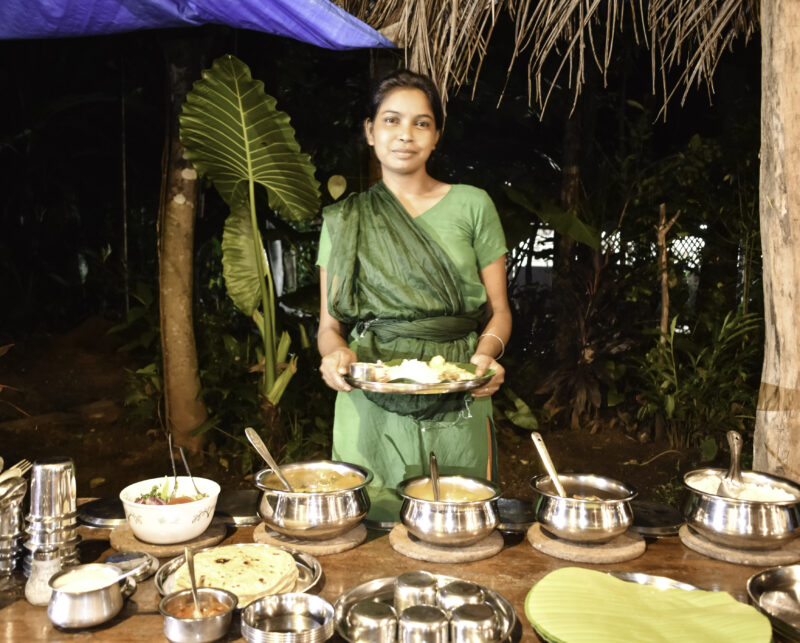
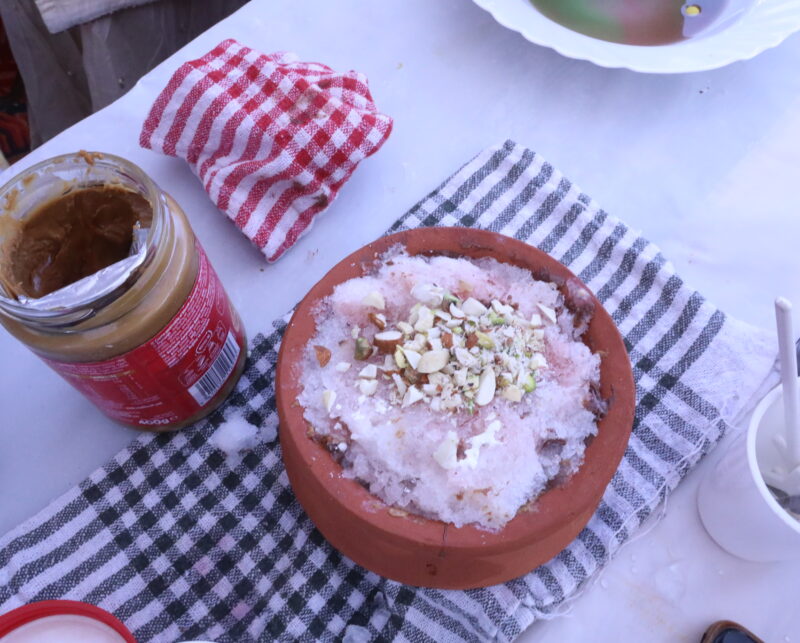
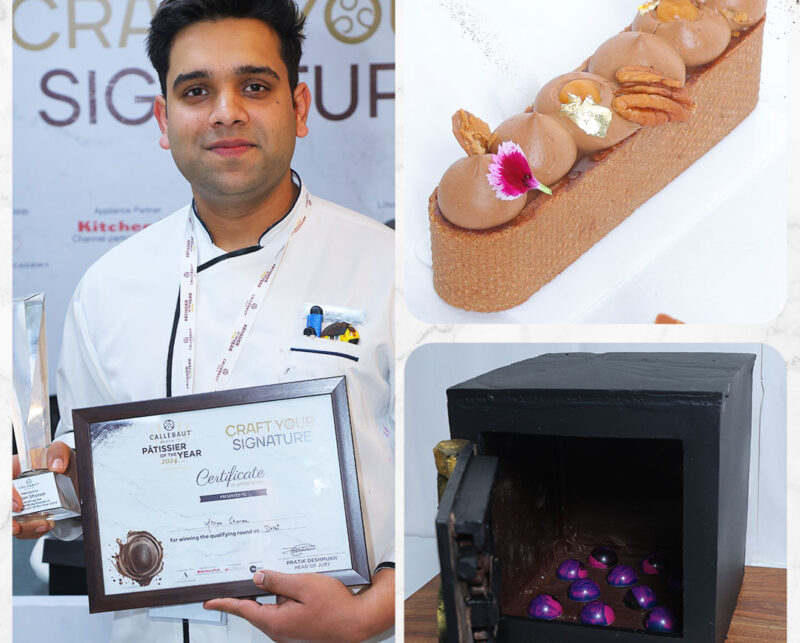
Excellent write up on royal and heritage cuisine still created in royal kitchens and there family history along with regions.